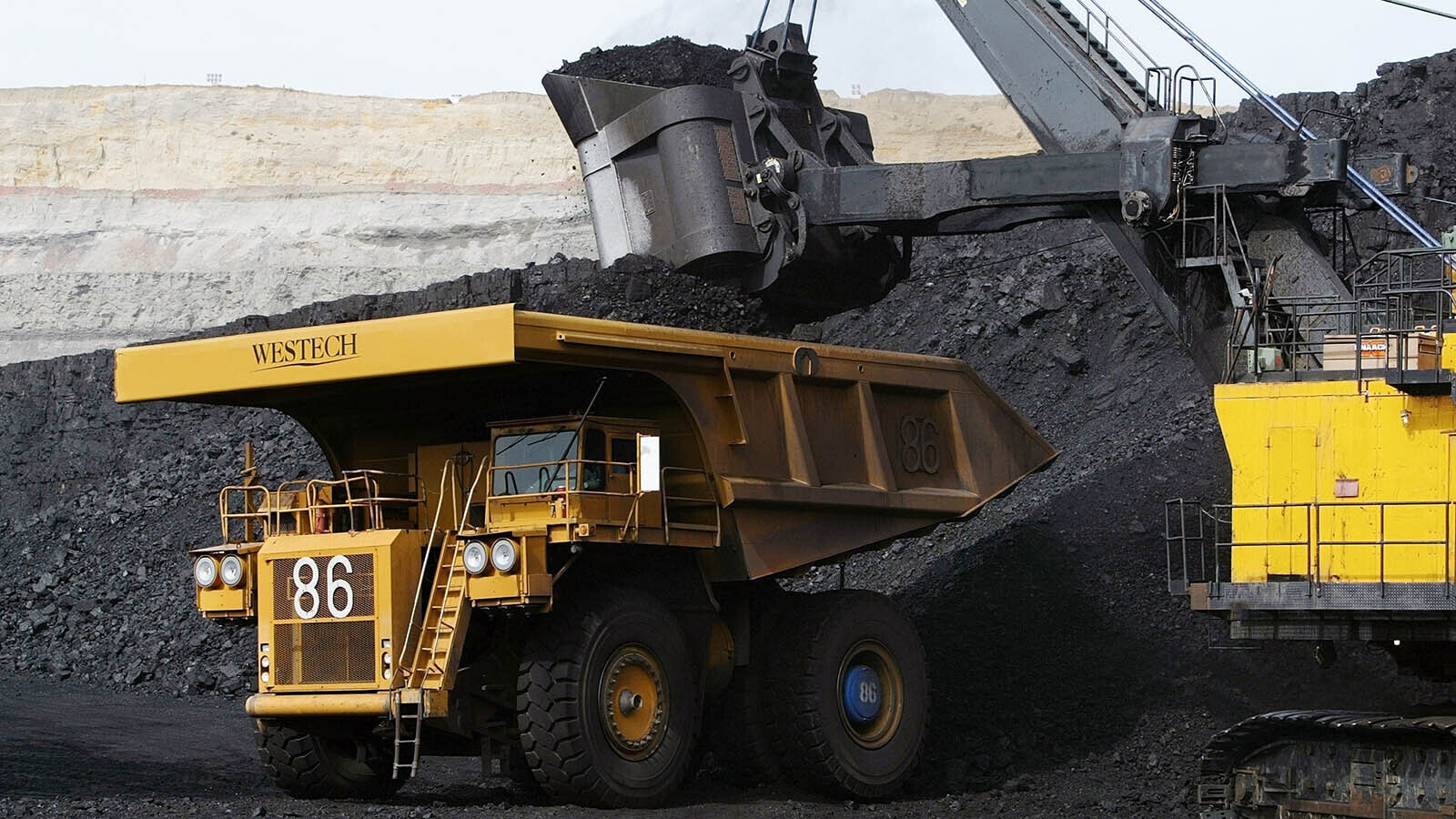Andrea Cook was watching an intense aurora from her home in Clark, Wyoming, when she stepped inside to check a notification on an aurora-tracking app she downloaded onto her phone.
When she stepped back outside at 12:14 a.m. Tuesday, she saw a brilliantly bright streak of light overhead.
“It was like a searchlight coming out of the mountains, streaming overhead toward Powell,” she said. “Unholy bright and really bright.”
The coronal mass ejection (CME) that reached Earth on Monday night was strong enough to manifest as auroras that were visible across much of the United States, including Wyoming. What Cook saw was an extra special treat for aurora enthusiasts: a STEVE.
Cook only had moments to get a photo of the STEVE before it disappeared. She wasn’t sure exactly when it appeared, but it was gone within 10 minutes.
“I only had time to take a few pictures and yell at my husband to get outside before it started fading,” she said. “I don’t think it was in the sky for more than a few minutes.”
Laura Loughran Redmond and Gary Anderson were getting shots of the aurora at Goldeneye Reservoir near Casper when the STEVE appeared. It was visible, streaking through the sky, for over 30 minutes.
“It looked like a tornado, twisting in the sky,” Anderson said. “I wasn’t paying attention until Laura pointed it out to me. It stuck out like a sore thumb.”
Super-Hot Sky Stream
STEVE is a “backronym” for a Strong Thermal Emission Velocity Enhancement. It’s a narrow ribbon of hot plasma that appears during intense auroras and streaks through the sky before disappearing.
STEVEs have been observed with auroras for hundreds of years, at least, but weren’t given a name until a group of amateurs, the Alberta Aurora Chasers, named it a “proton arc” in 2016. Astronomer Robert Lysak described it as a Strong Thermal Emission Velocity Enhancement later that year, to match the existing nickname “Steve” with the actual phenomenon.
“They're a fairly new phenomenon that's only been identified over the last decade,” said Jan Curtis, a retired meteorologist and former Wyoming State climatologist. “I've only seen them once or twice myself, so they are fairly infrequent and rare.”
A STEVE isn’t the same thing as an aurora, but it tends to appear during a powerful CME. In fact, Curtis said STEVEs are the opposite of auroras in specific ways.
“They have totally different patterns associated with them,” he said. “The temperatures of STEVEs are actually very hot compared to auroras. Satellites that measure the upper atmosphere determined that STEVEs involve different temperatures and different interactions with the molecules, atoms, and energy levels in space.”
Auroras are created by disturbances to Earth’s magnetosphere caused by CMEs once they reach Earth’s atmosphere. STEVEs, by contrast, are ribbons of hot plasma with a currently unknown origin.
NASA, which is currently conducting several studies on STEVEs, determined that the temperature of a STEVE is 5,430 degrees. They manifest at an altitude of 280 miles above the surface and actually move slower than the surrounding air.
While it’s not the same as an aurora, Curtis said STEVEs have only been observed in the presence of auroras. That means there’s a yet-to-be-discovered relationship between the two atmospheric phenomena.
“A STEVE occurs during the intense aurora, but it's not necessarily the same as an aurora,” he said.
STEVE or SAR?
There’s another well-known light phenomenon that occurs during an aurora called a stable aurora red (SAR). They’re arcs of red light that also manifest during intense CMEs but are also distinctly different from STEVEs.
Redmond said there was no question about what she was shooting last night. That was a STEVE.
“SARs are like a pink arc that usually appears behind you when you’re looking at an aurora," she said. "STEVEs will usually start like a wisp that becomes a white column that sometimes splits into two and moves across the sky.”
Redmond described the way Tuesday morning's midnight STEVE twisted and spun as it streaked across the sky. It started high, then split and reassembled as it swung lower and started to fade.
“You can watch STEVEs move,” she said. “They’ll split in two. Sometimes they’re really high in the sky, and sometimes they're really low. Sometimes it's there for five minutes, but we got lucky last night, and it stayed for 30 minutes.”
Blink And It’s Gone
There’s not much more to say about STEVEs because scientists are still trying to understand how the incredible phenomenon is created. STEVEs are hard to observe because the narrow ribbon of super-heated plasma usually disappears soon after it manifests during an aurora.
"STEVEs are pretty rare," Redmond said. "I've seen about three or four over the last several years."
Cook lamented that her photos of the early-morning STEVE didn’t do it justice. She recalled the first time she ever saw a STEVE streaking over Clark over a decade ago.
“That one was so bright, and hanging so low, it looked like you could almost reach up and touch it,” she said. “It was so bright, it almost hurt your eyes to look at it.”
Anderson and Redmond have seen several STEVES in their years chasing aurora photos.
Cook could only see the “claw marks” of the STEVE for a few minutes over Clark. Anderson and Redmond, shooting from Casper, said it was visible for over 30 minutes.
“It was pretty bright for a STEVE,” Anderson said. “Even after it faded, it stayed very faintly in the sky for long enough that I could pick it up on camera.”
Tuesday’s STEVE appeared white to the naked eye, but Anderson and Redmond picked up traces of purple, green, and red in their photos. It was the cherry on top of an incredible aurora over Wyoming.
“I think ‘good’ would be an understatement,” Anderson said. “I’d say last night was superb.”
Andrew Rossi can be reached at arossi@cowboystatedaily.com.









